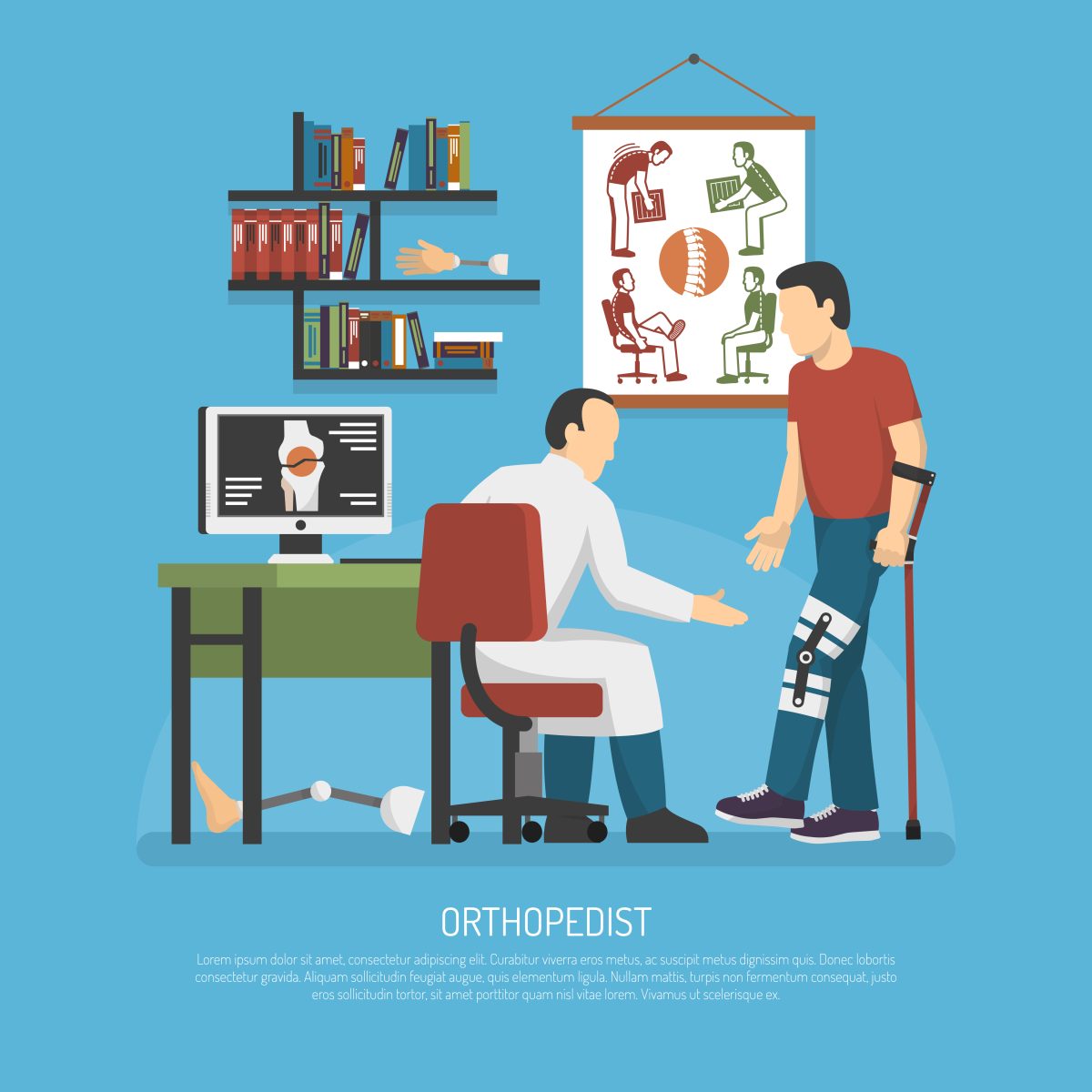Orthopedist Glendale, Queens

Orthopedist Glendale, Queens
When it comes to top-tier orthopedic care in Queens, EMU Orthopedic Center stands as a beacon of excellence. Located conveniently at 456 Maple Street, this center is dedicated to providing comprehensive and compassionate care for patients with various musculoskeletal issues.
Headed by the esteemed Dr. John Parker, a leading orthopedic surgeon, EMU Orthopedic Center offers a wide array of services, from routine check-ups and preventative care to advanced surgical procedures and rehabilitation. Dr. Parker, a graduate of the Hospital for Special Surgery, has garnered a reputation for his expertise and patient-centric approach.
Patients consistently praise EMU Orthopedic Center for its state-of-the-art facilities, warm and welcoming environment, and the high level of care provided by its skilled team. Whether you’re dealing with a sports injury, joint pain, or require a complex surgical intervention, EMU Orthopedic Center ensures that every patient receives personalized care tailored to their unique needs.
For exceptional orthopedic care in Queens, EMU Orthopedic Center is a trusted and reliable choice. Their commitment to excellence and patient satisfaction makes them an invaluable asset to the community.
Popular Orthopedic Treatments For Sprained Pinkies
Sprained pinkies, or sprained fingers in general, are common injuries that can occur during sports, accidents, or even everyday activities. Here are some popular orthopedic treatments for sprained pinkies:
1. R.I.C.E. Method: This stands for Rest, Ice, Compression, and Elevation. It’s a standard initial treatment for sprains.
– Rest: Avoid using the injured finger to prevent further damage.
– Ice: Apply an ice pack for 15-20 minutes every 2-3 hours to reduce swelling and pain.
– Compression: Use an elastic bandage to compress the area and reduce swelling.
-Elevation: Keep the injured finger elevated above heart level to minimize swelling.
2. Buddy Taping : This involves taping the injured pinky finger to an adjacent finger to provide support and prevent further injury.
3. Splinting : A splint can be used to immobilize the finger and allow it to heal properly.
4. Pain Relief: Over-the-counter pain medications like ibuprofen or acetaminophen can help manage pain and reduce inflammation.
5. Physical Therapy: Once the initial swelling and pain have subsided, physical therapy exercises can help restore strength and flexibility to the injured finger.
6. Surgery : In severe cases where there is a complete ligament tear or an avulsion fracture, surgery may be necessary to repair the damage.
It’s important to consult with a healthcare professional for a proper diagnosis and treatment plan tailored to your specific injury


